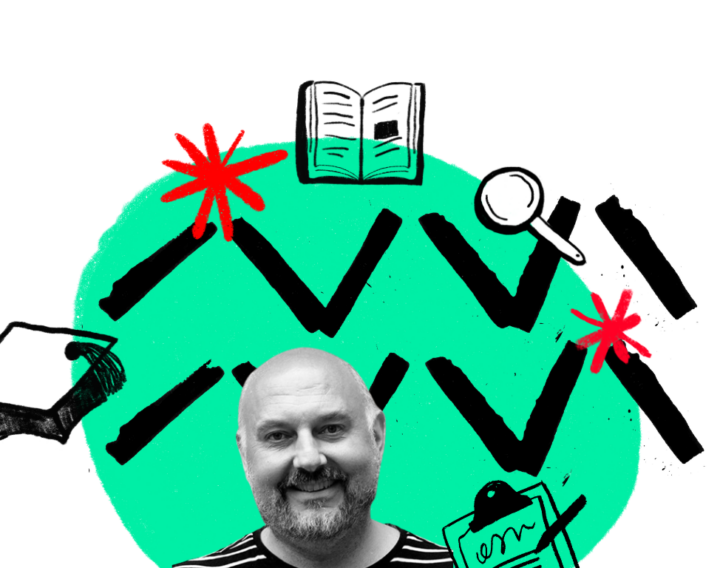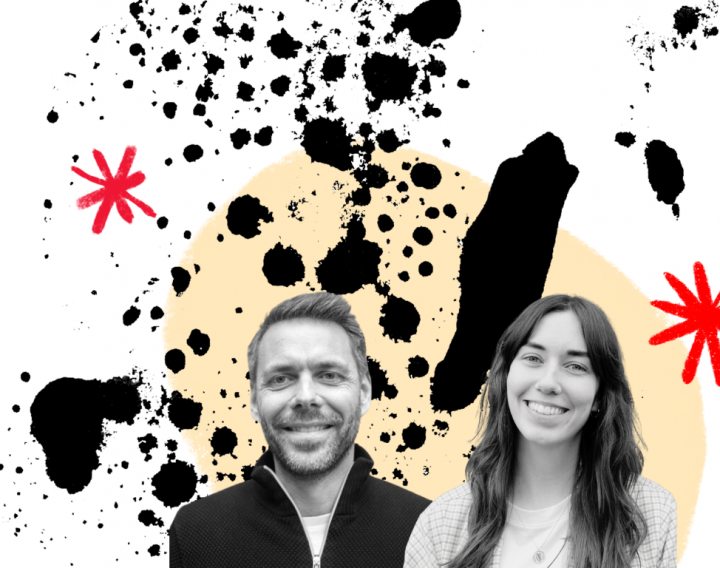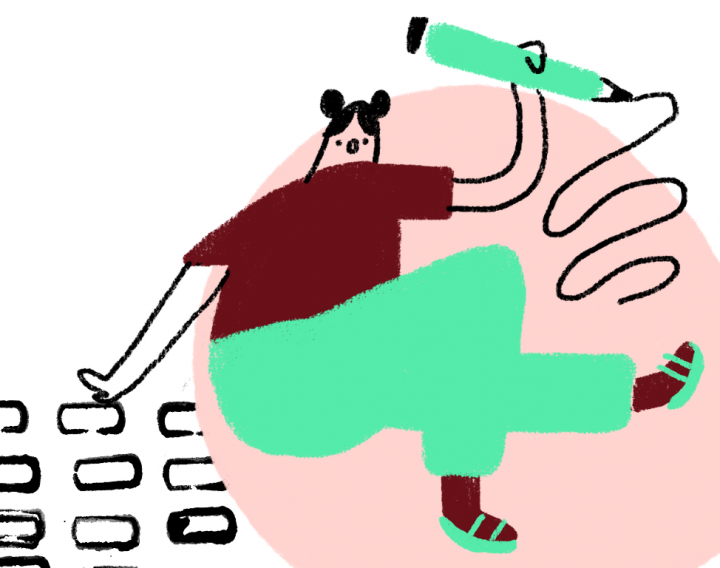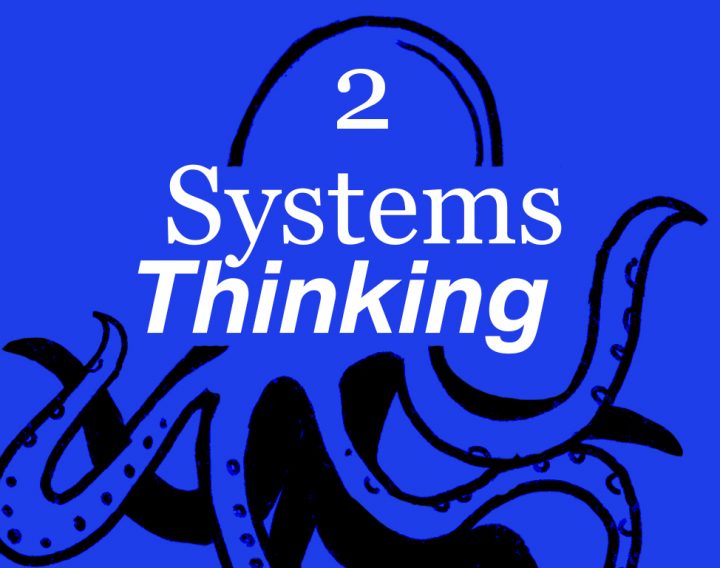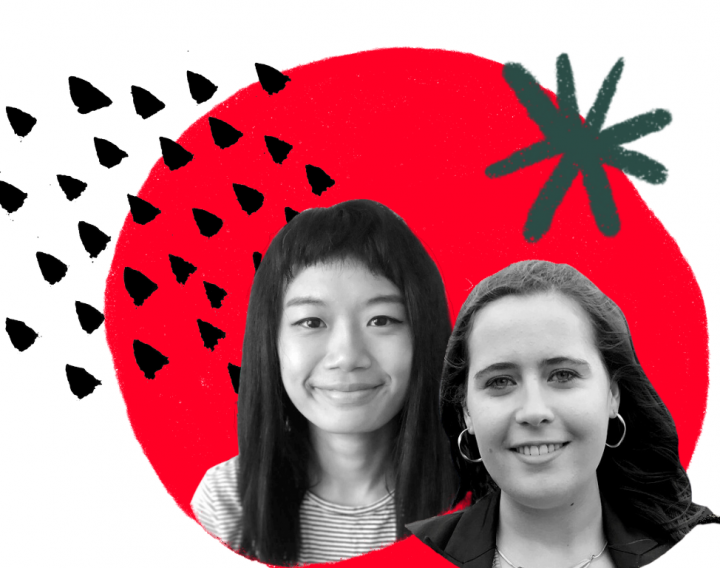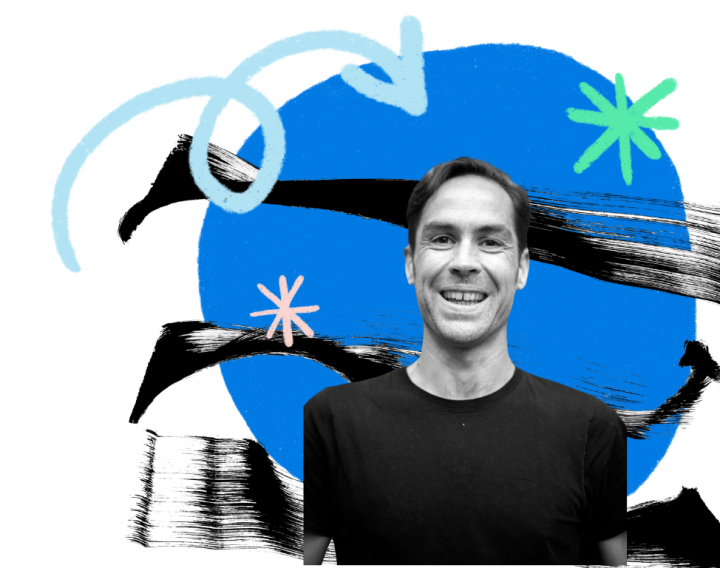9 things to remember when doing research with underrepresented communities
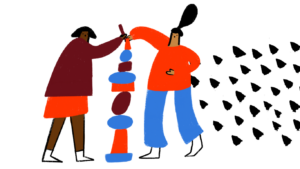
Anu Samaraweera and Chandni Patel co-author this article, with support from their colleague Jane Leggat, based on their experiences of facilitating research with underrepresented communities of Black, Asian, and Minority Ethnic backgrounds.
Anu Samaraweera and Chandni Patel co-author this article, with support from their colleague Jane Leggat, based on their experiences of facilitating research with underrepresented communities of Black, Asian, and Minority Ethnic backgrounds.
Together they share their key learnings and provide valuable reminders for practitioners who seek to ensure they are being inclusive. You can use these practical tips whether you’re experienced in doing user research with underrepresented communities or are doing so for the first time in your career.
In this article, we use the phrase ‘underrepresented communities’ to talk about different groups of people. These might be people of colour, people seeking asylum, people with disabilities and many more. What we mean is people who traditionally haven’t been included and/or represented in research. At Snook, we sometimes also use the phrase ‘seldom heard voices’. We understand that all of these terms could be considered inadequate, and risks grouping people together in a way that isn’t helpful. We’d really encourage you to think about your language when working with various communities, and using community-specific language wherever possible. If you haven’t already, you could look at this language guide by Oxfam for your research.
1. Communities aren’t hard to reach, if you have relationships built with them.
The view that underrepresented communities are ‘hard to reach’ is commonplace and controversial; the truth is they’re not hard to reach in the world we live in today. We can reach people via multiple methods including in person, (by going into the community or attending events), and online (via social media). The tough part isn’t actually the process of reaching people but taking the time to build trust and relationships with them.
Chandni says: “We can often go to people when we need them. We can move from transactional relationships to mutually beneficial relationships where we actively listen, show we care and meet their needs giving people more reasons to want to engage.”
If you don’t already have these relationships in place, one way to kickstart your journey could be to seek the expertise of communities through relevant membership bodies or organisations who are already established in the space as leaders. This way, you can consult with these experts on the best way to approach participant recruitment and fieldwork without being extractive. It’s something that we are interested in exploring more at Snook; we have done so in the past with Enhance the UK (an accessibility focussed charity run by Disabled people) to ensure our projects were inclusive of those with additional needs.
2. Every individual, community or group has different needs. Don’t generalise.
By generalising groups, we can often miss nuances, like intersectionality within the group. It’s easy to perceive groups as homogeneous, by which we mean appearing to be all the same.
For example, when we think of Muslim communities, do we really mean Asian Muslim communities? We heard from participants on a recent project that many Black Muslims may face anti-Blackness within the Muslim community, and therefore may seek services that are not linked to their religion.
Chandni says: “Equity, Diversity and Inclusion (EDI) practice isn’t a checklist of ‘How To’s’ that work for every context. What works in one community or workshop may not work in another.”
3. Adapt your approach based on needs and learn from every interaction.
Whilst co-design activities in a group setting can get good uptake, it can be a big ask for people – to be involved in co-ordinating and planning activities, as well as for workshop participants. This can be especially true for people in underrepresented communities. If this is the case, adapting to 1 to 1 interviews could be more inclusive.
By asking people what they need to take part, rather than assuming that we know what they need, we can flex our project plans and approaches to be more inclusive. For example, if participants don’t have time available for a half day workshop, offering a shorter more focused workshop, or a series of shorter workshops over a longer duration could be more inclusive.
Co-design methods can be powerful for empowering individuals and democratising design, but needs to have the planning, resourcing and budget behind it to act as a vehicle for meaningful change. In the consultancy model, Statements of Work (SOWs) can predefine fixed methods or outputs which could differ from the approaches teams learn they should take.
Chandni says: “If you learn your project plan or SOW is constraining to work meaningfully with communities, it’s important to adapt approaches, project plans or rescope early. Have open conversations with the client to consider what could be adapted within your timeframe, resources and budget.”
4. Recruiting for 1 to 1 interviews and recruiting for co-design sessions are very different things.
If you’re used to employing 1 to 1 interviews in your user research toolkit, you might be tempted to transfer your participant recruitment approaches to a co-design setting as well. But be wary. Co-design workshops generally need the same group of people in the same room on multiple occasions over an extended period. Therefore, they require a greater time commitment from your potential participants and consequently require a higher value of incentives to be purchased. If you haven’t thought about this early on, then it’s likely that your project will stall so that you can agree and sign off an additional budget for incentive expenses.
Recruiting for 1 to 1 interviews can be tricky too and come with many similar logistical challenges. However, this method enables prospective participants to engage with your project in a way that requires less logistical planning both for you, and for them.
In co-design, you generally have to gain a consensus with all participants on the best times, dates, formats, and locations of workshop sessions. Whereas with 1 to 1 interviews, you can meet people in ways that work for them, accommodating their lifestyles and accessibility needs in a more tailored manner. This can ultimately create a more trusting and productive space.
Anu says: “Now, this isn’t to say one approach is better than the other, but take stock of the tools, resources, and budget available to you- and when one approach isn’t working, don’t be afraid to adjust it accordingly.”
5. Encourage recruitment by removing barriers.
When working with underrepresented groups, it’s important to first identify any barriers to participation and address these early on and throughout the research process. One such barrier could be financial, so ensure that you’re able to incentivise your participants- whether that’s a cash payment, a shopping voucher, or something else that’s tangible beyond sharing your research outputs.
By offering financial incentives, you recognise that the communities you’re learning from have historically not been compensated for their time, energy, and knowledge, and that your participants’ insights retain real value.
If incentives aren’t included in your project budget, ask yourself why someone would want to participate. If the answer isn’t obvious, it’s likely that your research will struggle to find many expressions of interest which may negatively impact the quality of your research.
Another barrier for your participants could be about the different times they’re able to commit.
Many of the people we spoke with already had full-time jobs and caring responsibilities- the last thing some of them wanted to do after or during their busy days was to exert more emotional labour to speak with us at a predetermined time that suited the project team.
Anu says: “To mitigate this burden on participants, we offered a range of days and times for research sessions, we canvassed their availability through online polls and telephone, and we offered asynchronous participation methods on MURAL (an online collaboration tool), so that participants could engage in our workshops on their terms.”
Whilst you may add more availability slots or methods of participation and consider that a job done- make sure this is done with intention. If you’re creating these additional avenues, take note of your context and confirm these additional options don’t clash with religious or cultural events like Diwali or Eid, for example.
6. You don’t need to reinvent the wheel – build on previous work and existing information.
At the start of your project think about what previous work you, or others in your team or company, have done which may be useful for your project.
Anu & Jane said: “Recently, when we were creating a series of principles for co-design with underrepresented communities, we were able to build on principles from a previous round of research. By doing this we not only saved time, but established a consistent point of view as an agency as to what good co-design looks like with underrepresented communities.”
Before beginning recruitment, think about what data already exists to support your work. A client commissioning a project may already collect EDI data on their users or members, and publicly available data – such as that from the Office for National Statistics (ONS) – may be able to support your recruitment. For example, on a recent project focused on Black communities we used Census 2021 data to identify areas in England with large Black populations which we used alongside client information to reach out to groups in those areas. Embedding data sharing into Statements of Work can create greater flexibility and support this kind of cross-learning.
7. Research fatigue can cause participants to lose trust and disengage from the work you’re doing.
Are there any other research activities happening in the community? When there are multiple research projects taking place, aligning your research activities with other research and projects happening and that have happened previously is even more important. This will help to understand any overlaps, how the work fits together strategically, where there are gaps or where further digging needs to happen. This can all help to avoid duplication of work.
By asking the same participants to take part in another research phase or project you can create research fatigue, by asking people to repeat themselves.
Chandni says: “This can cause participants to lose trust in the effectiveness of the design process. Particularly with ethnic minority* groups, if we’re not careful, there is a risk that the same people or communities are being approached to participate in research which can lead to fatigue.”
8. Consider the ethical implications of your work.
When working with underrepresented groups or marginalised communities, small shifts in research methods or approaches can have wider or unexpected ethical consequences. On fast-paced projects or those with continual changes to scope or research aims, taking the time to review these potential ethical impacts can feel like a hurdle.
But, if you make time for safety planning, such as post-interview support and signposting, this can help meet the wellbeing needs of participants and researchers throughout the project.
Similarly, small changes in language can have a big impact on how your work is perceived both externally – by the people in the communities you’re designing with – and internally amongst your team.
Anu & Chandni said: “Being aware of the impacts of terms you’re using to name projects, refer to communities, or recruit participants can ensure your work is inclusive. For example, acronymising terms like ‘people from Black, Asian and Minority Ethnic backgrounds’ to ‘BAME’ might be easier to write on a sticky note, but lends itself to generalising communities.”
It’s important to regularly review your work as a team and invite colleagues or stakeholders with fresh eyes to critique your approaches. It’s also helpful to encourage people you work with to challenge or change established ways of working and stay flexible.
9. Seeing and hearing from people that research participants can relate to, can build psychological safety for meaningful conversations.
Building trust for honest conversations is important in research. This is particularly true when discussing sensitive experiences for people from underrepresented communities.
Ways to do this might vary. This could be buddying up with people from the community (e.g. a community champion) and cross sharing skills with community members where necessary, so they can self-facilitate activities. It could also be reviewing staff resourcing for research and considering the users’ needs along with the business needs (who is available at the time).
It isn’t the job of the community or people of ethnic minority backgrounds to give others cultural awareness training. We can address power and privilege early by acknowledging who has relevant ‘lived and learnt’ experience and expertise. This can help avoid uncomfortable power dynamics between stakeholders due to a lack of cultural awareness.
Chandni says: “Being a woman and a person of colour, there are intentional decisions I make during research. One being if I should have my camera switched on or off and the role I should play in online research interviews. If I’m note taking with an interviewer and the participant is nervous, I might decide to switch my camera off to create a comfortable environment. When speaking with ethnic minority participants, I may consciously decide to keep my camera switched on or lead the interview to help the participant feel at ease and know they aren’t the only person of colour in the room.”
About your authors
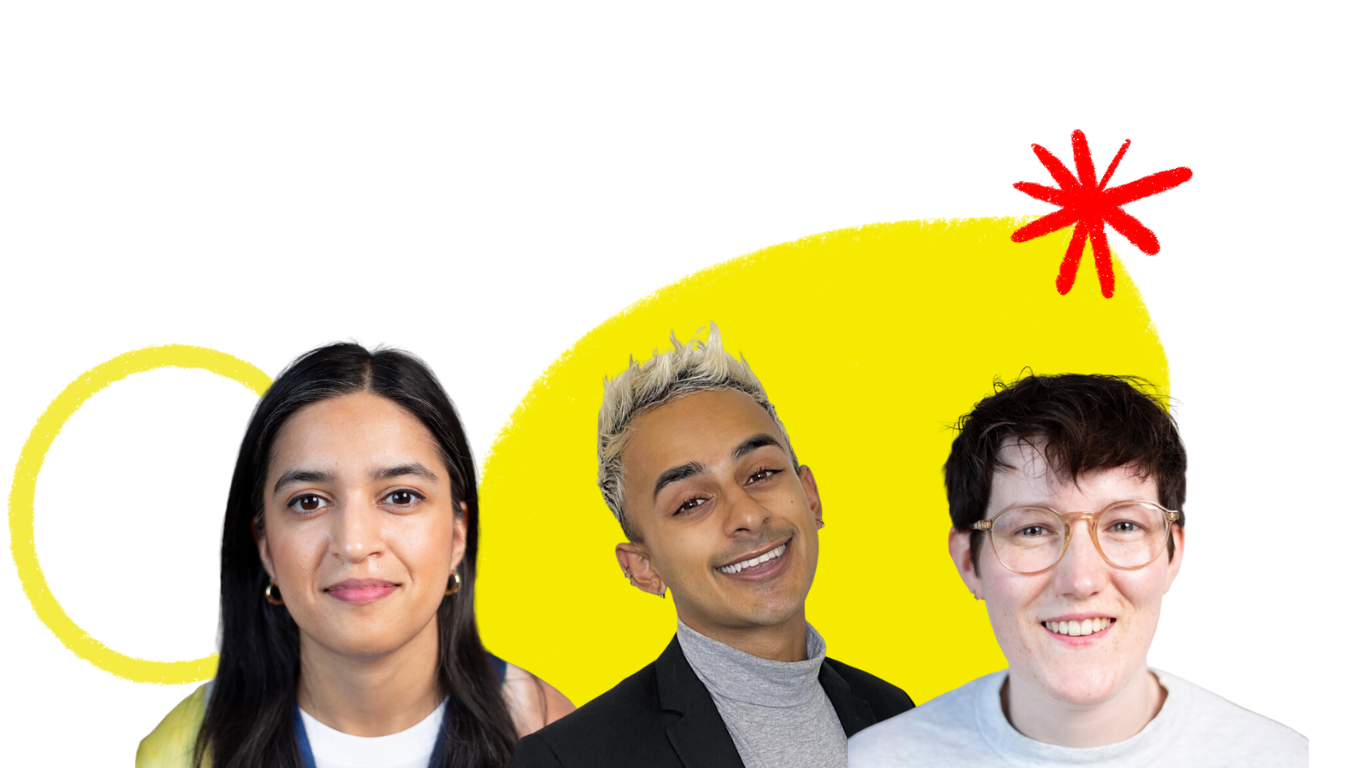
Chandni Patel (she/her) is a Senior Service Designer at Snook who is passionate about gender and race equity, based on her lived experience as an Indian woman particularly in the design industry. She has led several projects at Snook, doing design and user research with diverse people with different cultural and accessibility needs. Her mantra for this blog is ‘everyday is an opportunity to unlearn, (re)learn and grow, to be better than we were yesterday.’
Anu Samaraweera (they/them) is a Research Operations Specialist (User Researcher) at Snook who specialises in participant recruitment. Their lived experience as a queer person of Sinhalese heritage has invigorated them to approach their work through an intersectional lens. Acknowledging that we can’t always get things right all of the time, they’d like to share this quote from KA McKercher that suggests “failed ideas make great compost”.
Jane Leggat (she/her) is User Researcher at Snook. Previous research and documentary projects Jane has worked on have focused on queer identity, disability, and gender.
*In this blog the authors have used language they personally identify with, as well as using this language guide by Oxfam.
